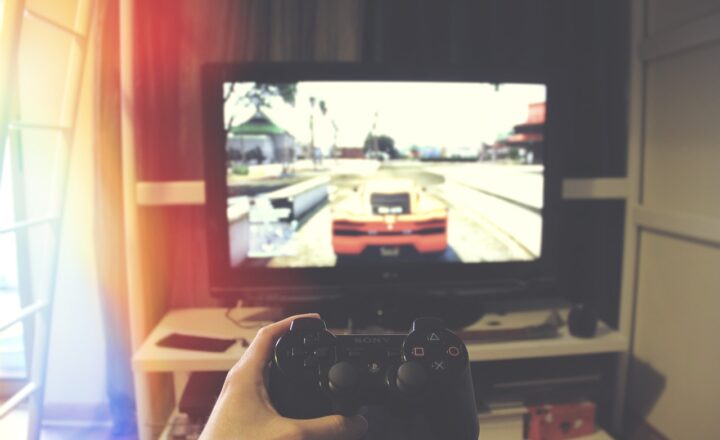Social Media Phenomenon: Balancing Life in a Digital World
November 18, 2024

In today’s technologically driven society, social media has emerged as a dominant force that shapes how we communicate, consume information, and connect with each other. Platforms like Facebook, Instagram, Twitter, and TikTok have transformed daily interactions and created an entirely new way of life. However, as the lines between our online and offline activities blur, it becomes crucial to understand how we can balance our digital engagements with real-life experiences.
1. The Rise of Social Media: A Double-Edged Sword
The advent of social media can be traced back to early platforms like Friendster and MySpace in the early 2000s, but its magnitude in today’s world is unprecedented. With billions of active users globally, social media is not merely a trend—it has become a fundamental aspect of daily life.
While social media facilitates connections, it also presents challenges such as:
- Dependency: Users may develop an unhealthy dependency on social media, seeking validation through likes and shares.
- Mental Health Concerns: Studies have shown increased rates of anxiety and depression linked to social media usage as users compare their lives to curated, idealized versions presented by others.
- Disconnection: Although social media connects us with friends and family, it can paradoxically isolate individuals from their immediate environment.“`makefile
Acknowledging these challenges is crucial when striving for balance in our digital lives.
2. Understanding Digital Addiction
Digital addiction refers to compulsively using the internet or social media. Acknowledging that this addiction exists is the first step towards finding a balance. Signs of digital addiction can include:
- Continuous checking of social media notifications, even during personal interactions.
- Prioritizing online engagements over face-to-face communication.
- Feeling anxious or restless when unable to access social media.
Understanding these signs enables individuals to take proactive steps in moderating their social media use and fostering healthy offline relationships.
3. Strategies for Balancing Social Media in Daily Life
Finding harmony between digital and real-life engagements can significantly improve mental wellness and overall happiness. Here are effective strategies one can adopt:
A. Set Boundaries
Establishing boundaries for social media usage can prevent overindulgence. Techniques can include:
- Designating specific times for checking social media rather than allowing it to interrupt daily tasks.
- Using apps available on smartphones that limit social media usage each day.
- Switching off notifications for non-essential apps to minimize distractions.
B. Practice Mindfulness
Practicing mindfulness encourages individuals to be present in their offline relationships, enhancing connections and overall satisfaction. Mindfulness techniques include:
- Engaging in deep-breathing exercises or meditation when feeling overwhelmed by social media links.
- Focusing on activities that foster real-life connections, such as family dinners or outings with friends.
- Keeping a journal to document feelings about social media interactions and how they affect emotions.
C. Diversify Activities
Identifying hobbies outside social media can help diversify engagement. Focus on pursuits such as:
- Exploring nature through hiking or cycling.
- Participating in community service or local events.
- Learning new skills through classes or workshops, fostering personal growth and reducing the urge to divert back online.
D. Digital Detox
Setting aside a digital detox can refresh the mind and body. Consider:
- Declaring specific days or weekends as social media-free days.
- Engaging in outdoor activities or creative endeavors during the detox period.
- Reflecting on your experiences following the detox—what you learned, how you felt, and the significance of reconnecting with your environment and loved ones.
4. Benefits of Balanced Social Media Engagement
Striking a balance between social media use and real life leads to numerous advantages:
- Improved Mental Health: Reducing unhealthy social media usage correlates with lower anxiety and depressive symptoms.
- Reinforced Relationships: Increased face-to-face interactions enhance trust and understanding among friends and family members.
- Enhanced Productivity: Staying focused on tasks leads to heightened efficiency and personal fulfillment without the distractions of digital notifications.
Ultimately, balancing life in a digital world enhances both mental wellbeing and interpersonal relationships.
Conclusion
Social media has irrevocably changed how we communicate and live. While it can foster connections, find entertainment, and provide a platform to share creativity, it’s crucial to be aware of its potential pitfalls. By developing techniques for managing digital consumption, individuals can cultivate a healthier, more fulfilling relationship with social media.
Embracing the idea of balance is not just about limiting technology; it’s about enhancing real-life experiences and relationships. So take a step back from the screen, unplug, and engage with the world around you. You might just discover the richness of life that exists offline, waiting to be explored.







